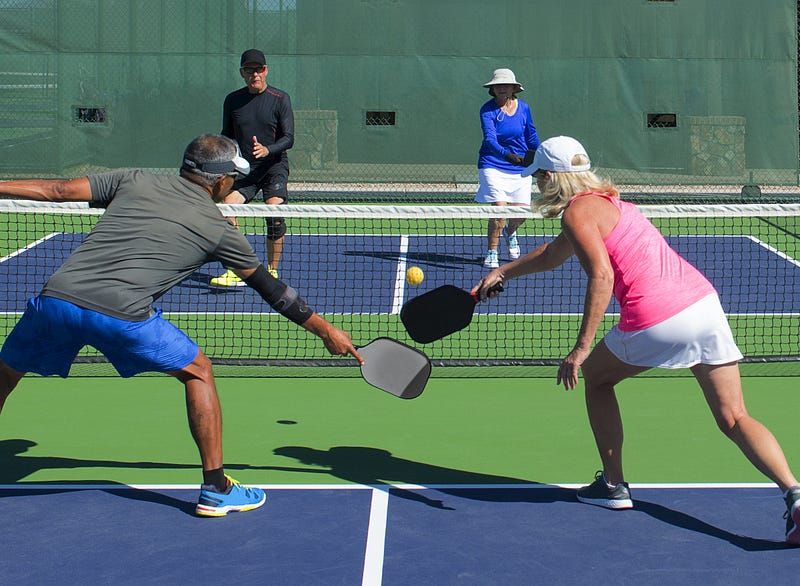Futsal vs. Indoor Soccer

Mon Mar 11 2024
Table of Contents
- Playing Environment: Indoors vs. Outdoors
- Ball Characteristics: Size and Bounce
- Playing Surface: Turf vs. Hard Surfaces
- Surrounding Elements: Walls and Open Courts
- Pace and Intensity: Futsal’s Swift Tempo
- Time and Player Count: Variations in Duration and Team Size
- Regulatory Oversight: FIFA and Futsal
- Futsal’s Global Recognition: FIFA Worldwide Futsal Cup
As winter temperatures pose a challenge to outdoor soccer enthusiasts, the rise of indoor variations has become a game-changer, providing a climate-controlled haven for players. While futsal and indoor soccer may appear similar, a closer look reveals intriguing differences that set them apart. Let’s explore these distinctions, shedding light on the unique characteristics of each variant.
Playing Environment: Indoors vs. Outdoors
The primary divergence lies in their playing environment. Futsal is versatile, accommodating both indoor and outdoor settings, adapting to the preferences of players. On the other hand, indoor soccer, as the name suggests, exclusively unfolds within the confines of indoor facilities, offering a controlled and weather-resistant space.
Ball Characteristics: Size and Bounce
Another noteworthy difference revolves around the soccer ball itself. Indoor soccer employs a standard soccer ball, maintaining continuity with the outdoor game. In contrast, futsal utilizes a smaller ball with reduced bounce, enhancing control and precision. This subtle distinction alters the dynamics of the game, requiring players to adapt to the unique characteristics of the futsal ball.
Playing Surface: Turf vs. Hard Surfaces
The ground beneath their feet marks another contrast. While futsal takes place on hard surfaces, typically indoor courts with wood or synthetic flooring, indoor soccer unfolds on turf. The difference in playing surfaces introduces varying challenges and styles of play, contributing to the distinctive nature of each variant.
Surrounding Elements: Walls and Open Courts
Walls are a defining feature in indoor soccer, enclosing the playing pitch. This element adds an extra layer of strategy, allowing players to use walls strategically. In contrast, futsal courts lack surrounding walls entirely, presenting an open playing space that demands a different approach to the game.
Pace and Intensity: Futsal’s Swift Tempo
Futsal stands out for its rapid pace and heightened intensity. With continuous shots demanding both mental and physical energy, the game unfolds at a swift tempo. The relentless nature of futsal requires players to stay on their toes, fostering a dynamic and engaging experience.
Time and Player Count: Variations in Duration and Team Size
The time and number of players further differentiate the two variants. Futsal matches consist of two halves, each lasting 20 minutes. Teams comprise 5 players on each side. In contrast, indoor soccer matches span two halves of 25 minutes each, featuring 6 players on each team. These variations impact playing strategies and endurance levels in each game.
Regulatory Oversight: FIFA and Futsal
A significant distinction lies in regulatory oversight. Futsal adheres to FIFA rules globally, adding an element of standardized play to the sport. In contrast, indoor soccer lacks regulation by FIFA, allowing for flexibility and adaptation to local preferences and rules.
Futsal’s Global Recognition: FIFA Worldwide Futsal Cup
Futsal’s global recognition reached new heights last year with the FIFA Worldwide Futsal Cup in Lithuania. Portugal claimed victory, showcasing the sport’s growing prominence on the international stage.
In conclusion, while both futsal and indoor soccer share a common objective of providing a weather-resistant alternative to outdoor play, their unique characteristics shape distinct playing experiences. Whether it’s the choice of playing environment, ball characteristics, surface type, surrounding elements, pace, time, or regulatory oversight, each variant offers a nuanced perspective on the beautiful game. Embracing these differences adds depth to the soccer experience, catering to diverse preferences and preferences within the dynamic realm of indoor play.
Join our mailing list
Get insider information on feature updates, new gyms, and more









